Fiume Fantastika: Phenomena of the City is a central exhibition of the Sweet&Salt programme flagship, realized within the Rijeka 2020 – European Capital of Culture project. Based on recent research by DeltaLab – Centre for Urban Transition, Architecture and Urbanism at the University of Rijeka, the exhibition follows the last hundred and fifty years of Rijeka’s urban history, during which the city experienced radical growth and became a global transport and industrial centre.
Fiume Fantastika: Phenomena of the City is an exhibition, a new urban hub and an experiental-cognitive space which tells a story and explains the history of modern urban development of Rijeka and the region, following the influence of economical, political and social processes on the architecture of he city. Both the exhibition and an accompanying publication are results of researching turbulent history during which Rijeka switched various socio-political systems and territorial structures, while urban development focus was based on new technologies and economic effects. In these circumstances arose specific architectures and urban phenomena which exceed questions of style, language, or aesthetics, and which generate their own, local-specific, and autonomous urban culture.
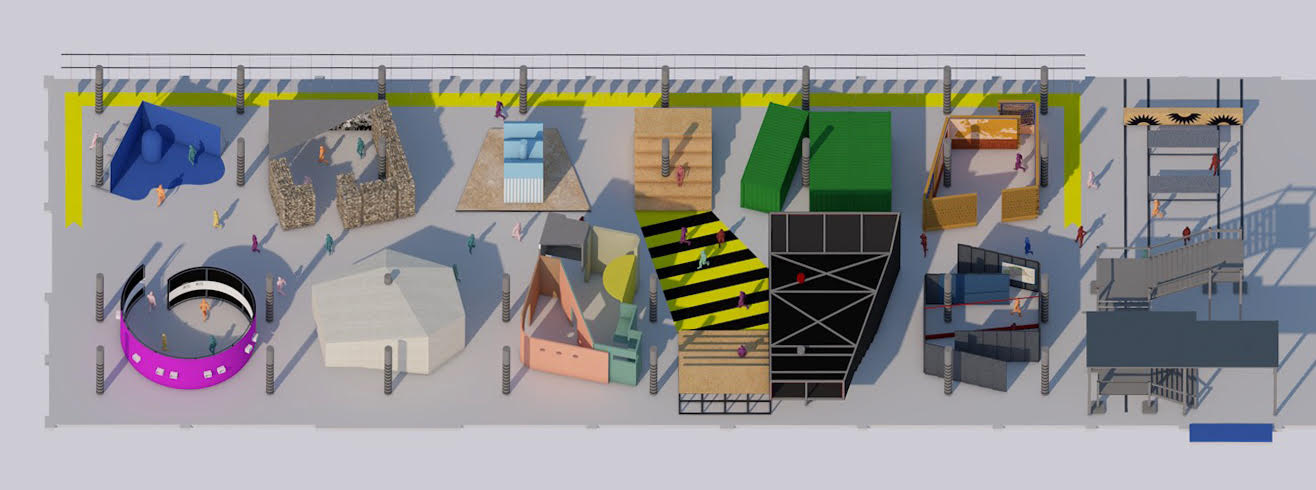
Freely combining themes and exhibition genres, the exhibition recognizes and explains urban phenomena on the overlap of social and architectural projects. Radical transformations of topography, unexpected transformations of buildings, and brutal collisions of natures and industry are only some of the elements of a complicated mosaic, a yet untold story about Rijeka’s urban lessons.
The exhibition is set in 10 pavilions, each of which thematizes a certain Rijeka phenomenon: Borders, Port and Railway, Networks, Cinema: People are Coming!, City, Palace, Common Ground, Leisure, Monuments, and Fantastic Zones.
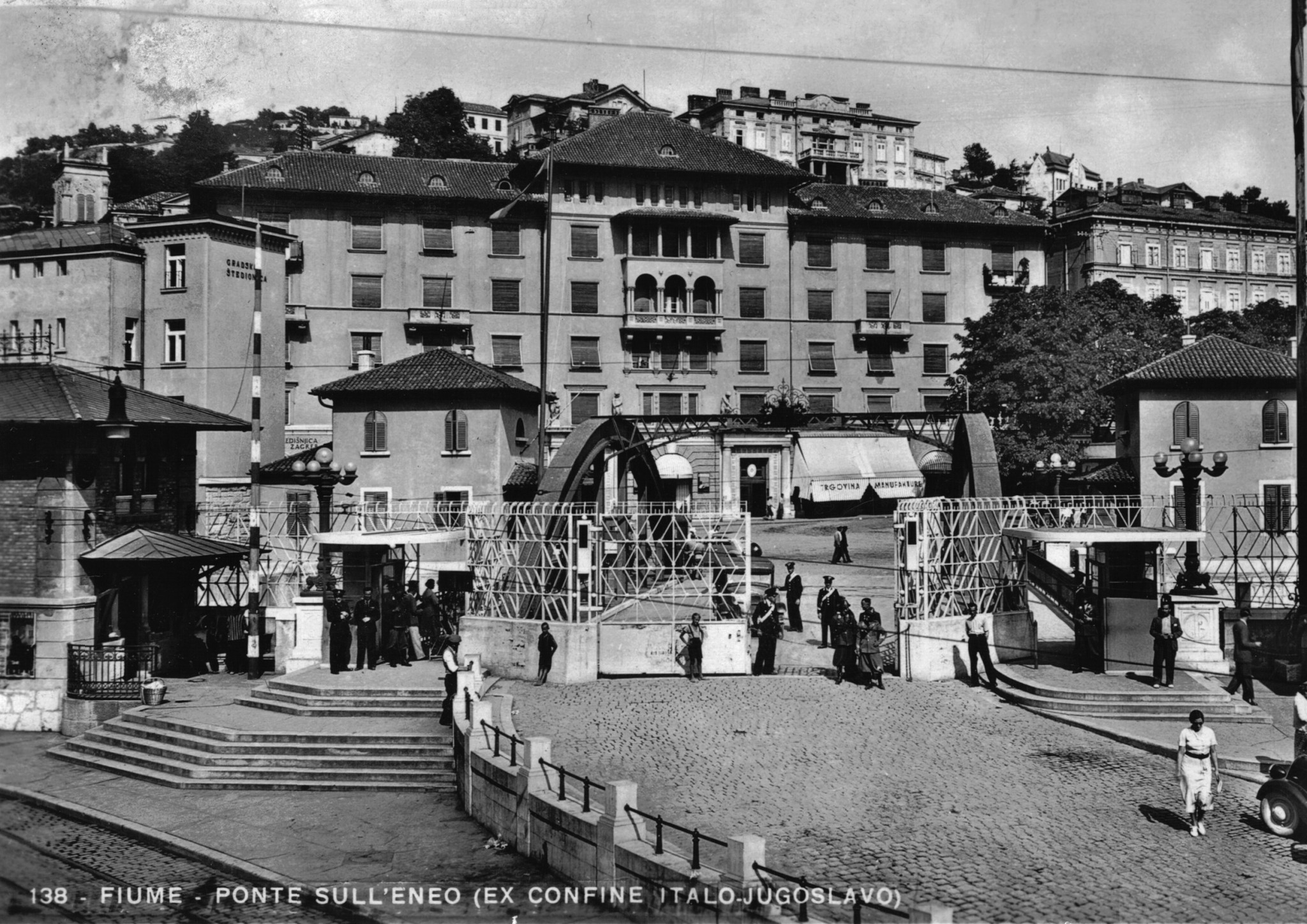
― BORDERS
Rijeka is a city on the border, and its position on the border, or margin, fed Rijeka by creating conditions for competition and cooperation, conflict and harmony. Borders destroyed Rijeka, but built it as well, and their fluidity enables continuous inscribing in the history of space and people.

― PORT AND RAILWAY
In Rijeka, the port and the railway have a profound effect on the city’s physiognomy, and the city’s infrastructure is a fundamental layer of the city’s fabric. Roads, industrial spaces, warehouses, service and operational facilities were necessary for the success of Rijeka as an important port and industrial centre, but in return they occupied the most important parts of the city.
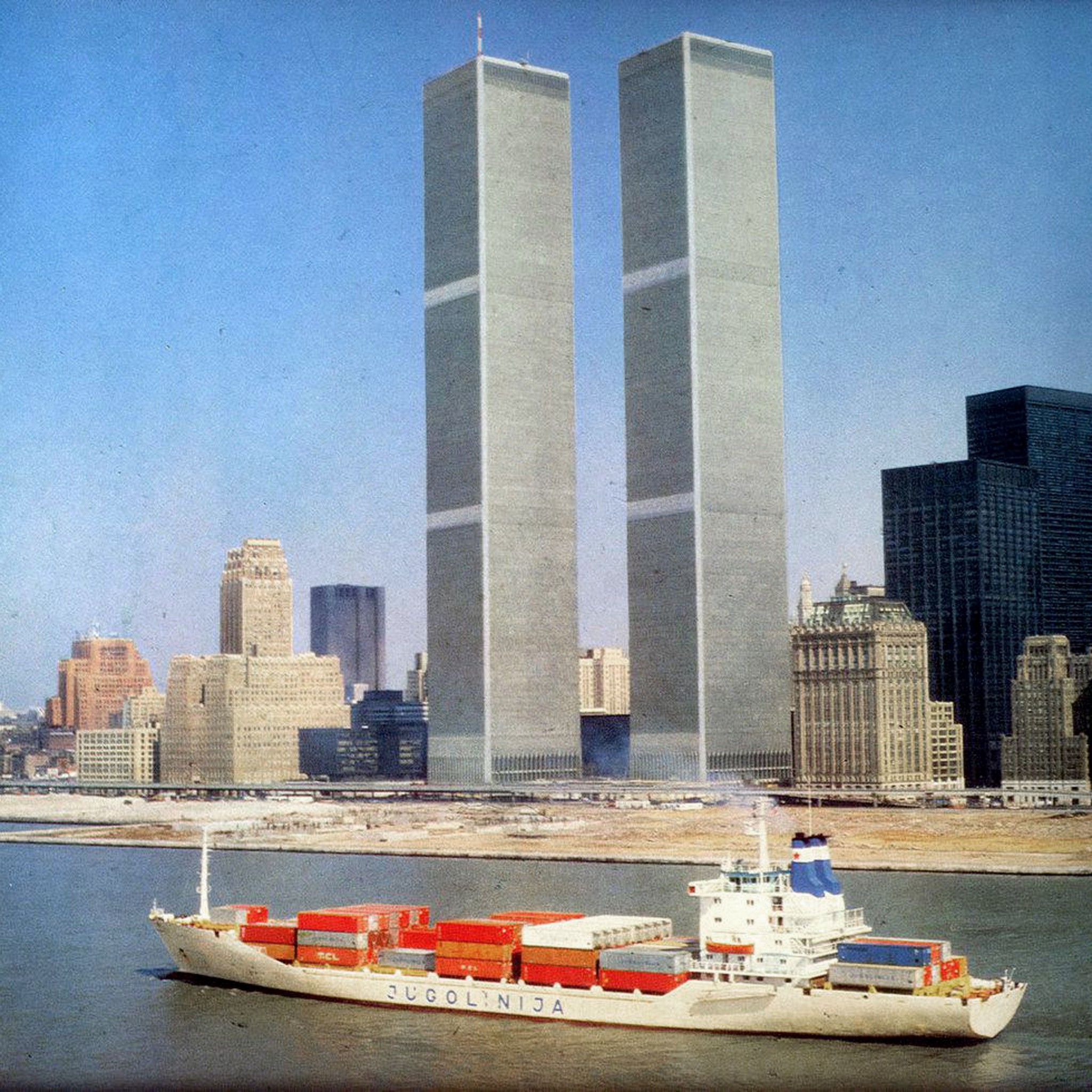
― NETWORKS
Rijeka was part of a global network of economic, political, cultural, information and other systems that changed the city and expressed their power and influence through the transformation of space. Rijeka is a hub through which people and goods pass, leaving their traces through countless interactions and exchanges.
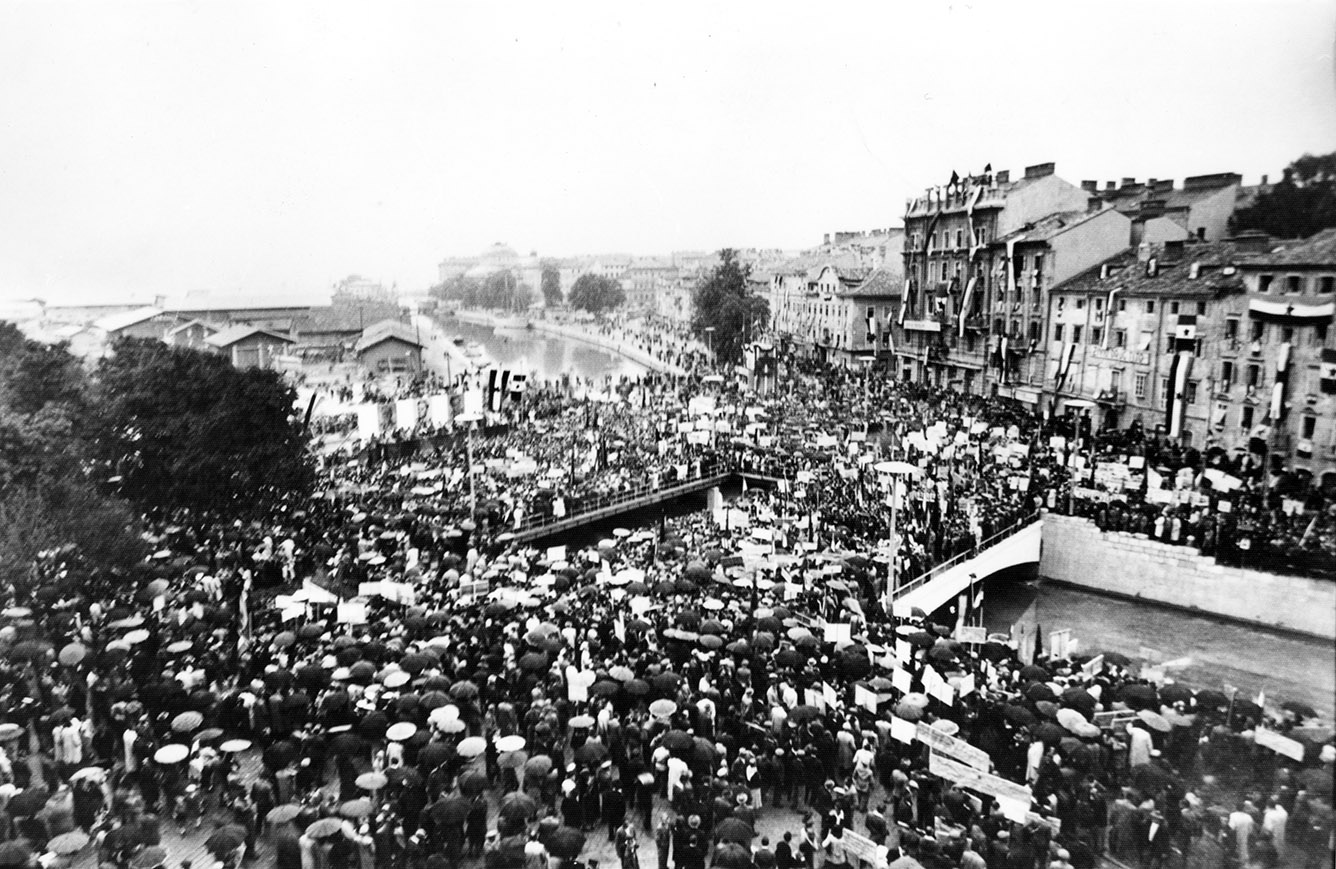
― CINEMA: People are Coming!
In relation to its scale and importance, Rijeka is marked by the actions of a number of individuals who have irreversibly influenced the city. These are people like Andrija Ljudevit Adamić, Laval Nugent, Giovanni Biagi Luppis, Giovanni de Ciotta, Robert Whitehead, Gabriele D’Annunzio, Igor Emili, or Neda Andrić, who realized their visions in this city, but also those who participated in it.
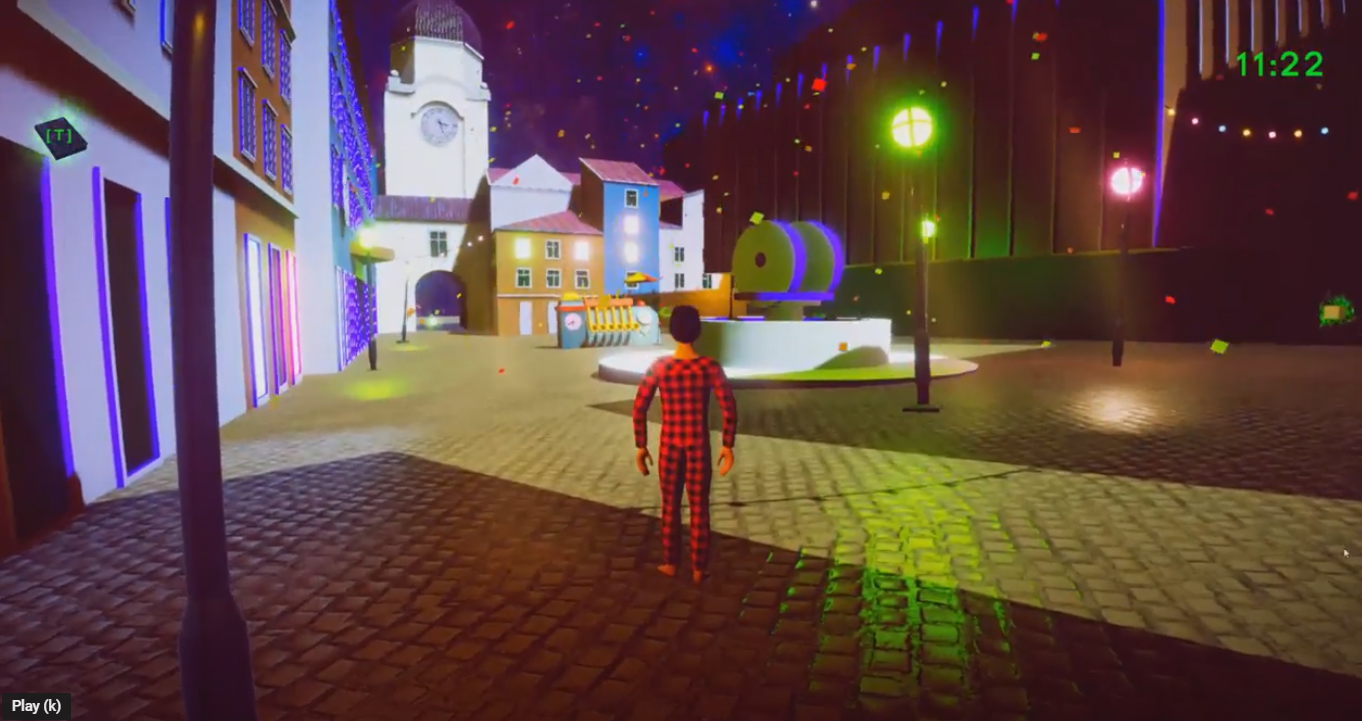
― CITY
Rijeka’s Old Town is an example of an intensive and continuous change of political and architectural programmes laid upon a historical matrix. Lack of space and violent discontinuities of social and economic systems have resulted in a very pragmatic attitude towards the city centre and an unusual overlap of various architectural styles and functions that try to create a modern city centre.
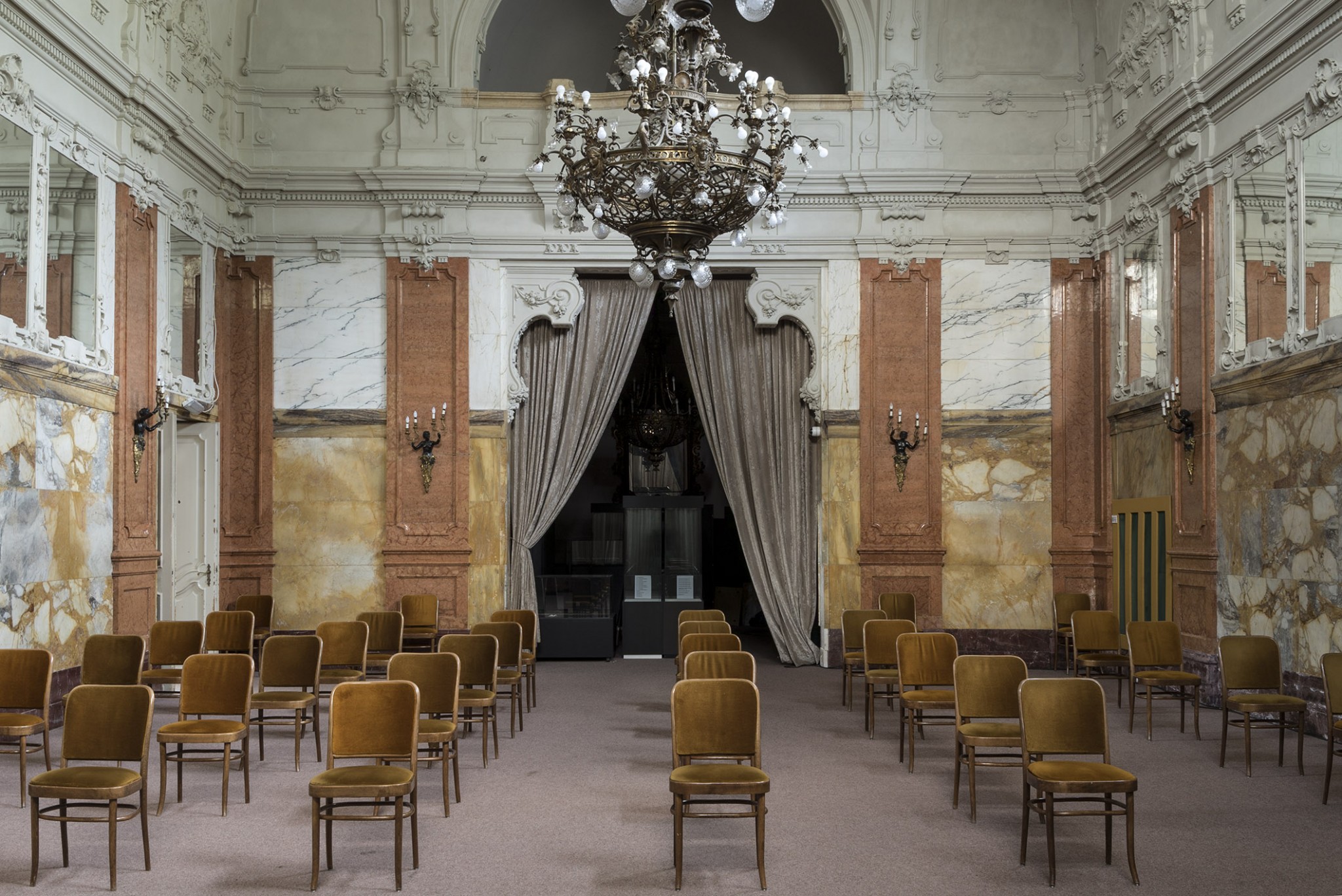
― PALACE
In the centre of modern Rijeka, various types of palaces have been built for very different purposes: from industry, through residences of public and private institutions, all the way to department stores. In Rijeka, palaces mutate, experience transgressions dependent on political and economic change, resulting in a very unusual and sometimes contradictory programmatic situations.
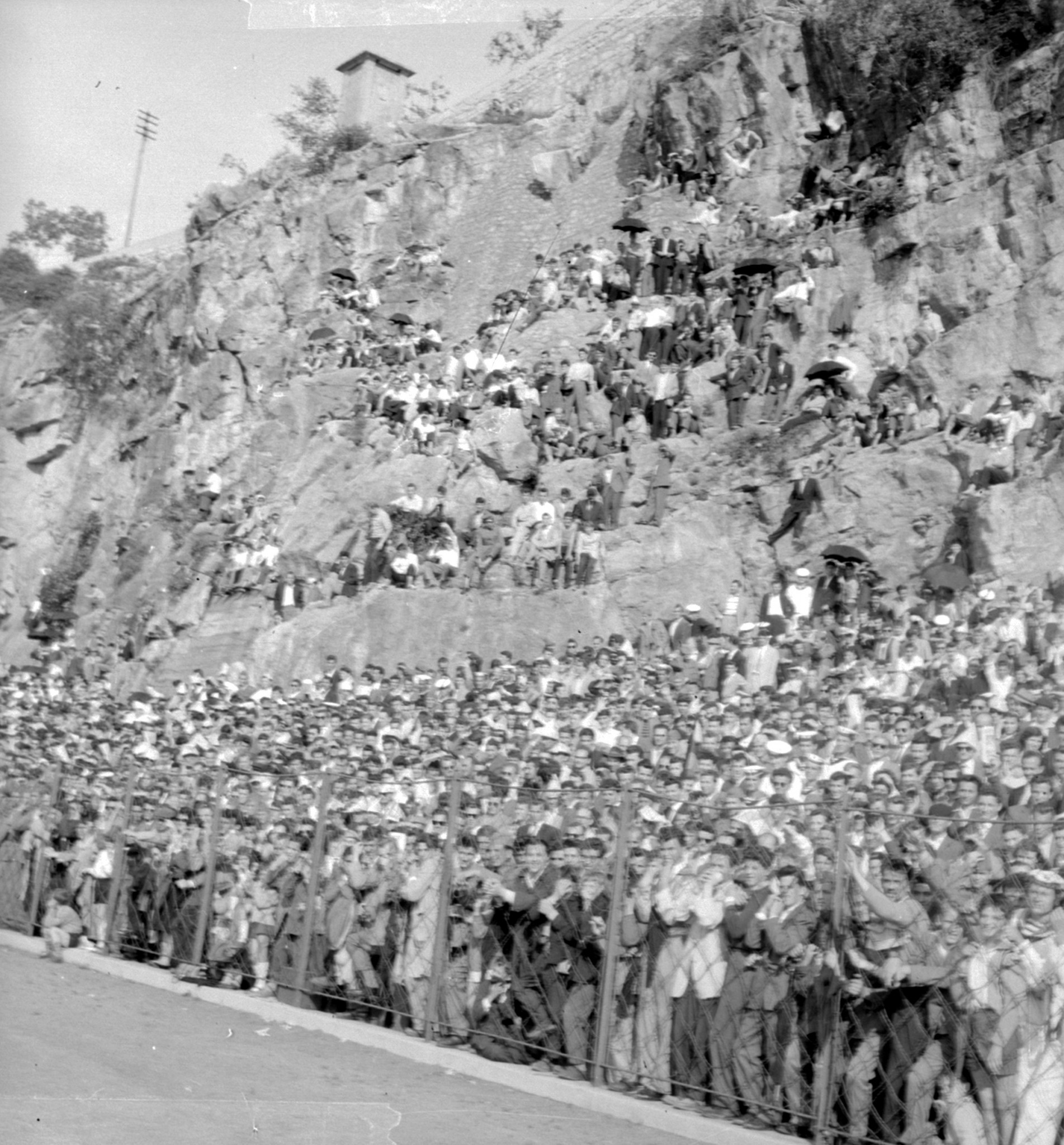
― COMMON GROUND
Due to specific topography, Rijeka has too few large public spaces. New places of collectivity arose in the spaces of radical interventions in the environment. The destruction of the old and the creation of new soil created the conditions for the construction of the city and spaces for new collectivity. Thanks to their variable functions, these spaces are continuously rethought and reprogrammed.
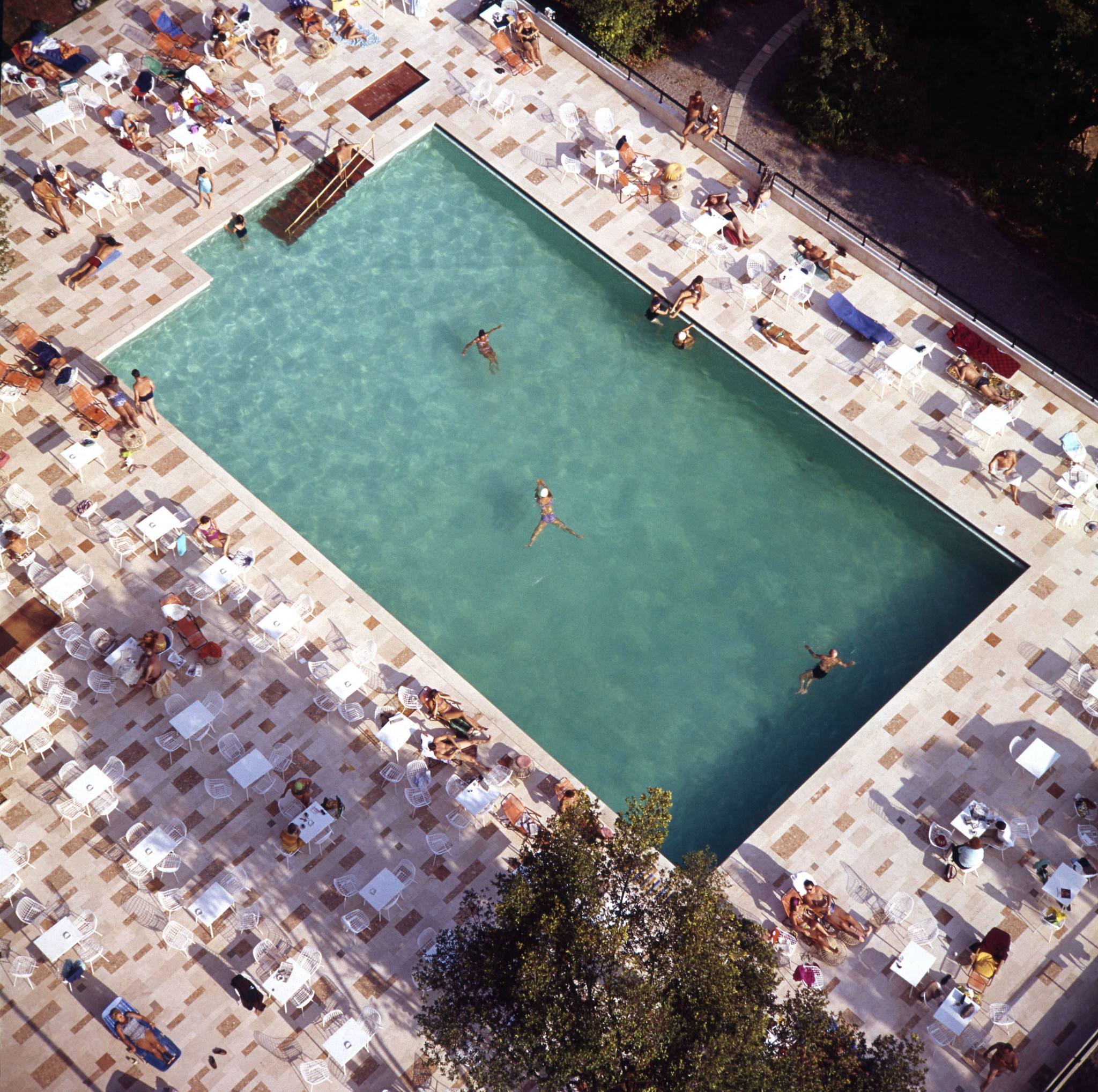
― LEISURE
Rijeka, as an atypical city on the sea, whose urban space was primarily oriented towards work, resulted in intensive tourist construction in the vicinity of the city. Understanding leisure in Rijeka thus necessarily conditions the observation of the territory from Opatija to Haludovo on Krk, where two completely different types of tourist experience have developed throughout history.

― MONUMENTS
The relationship between Rijeka and monuments – memorial objects placed in public space has always been problematic and conflicting. The languages, dimensions, and typologies of architecture fully testify to the historical, political, and ethnic stratification that characterized this city, at least from the mid-19th onwards.
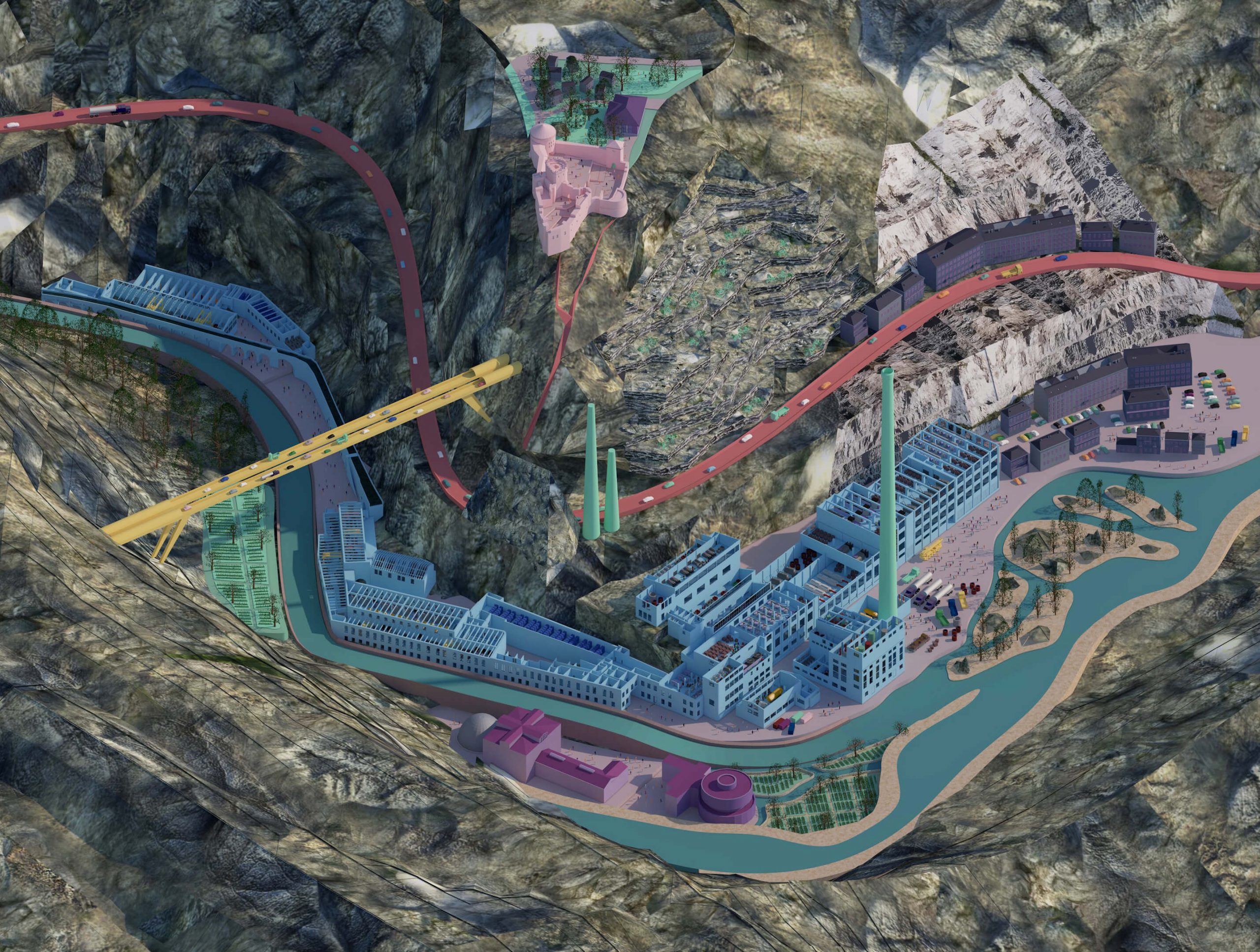
― FANTASTIC ZONES
Collisions and overlaps of the city’s phenomena are especially recognizable in the areas of Hartera, Torpedo, Mlaka, Bakar, but also Kvarner as a whole. These experiences of Rijeka arise through the deposition of urban layers and provide a starting point for thinking about the future policies for the planet, based on unconventional interactions and coexistence of technology, infrastructure, nature and the city in conditions of total urbanization.
